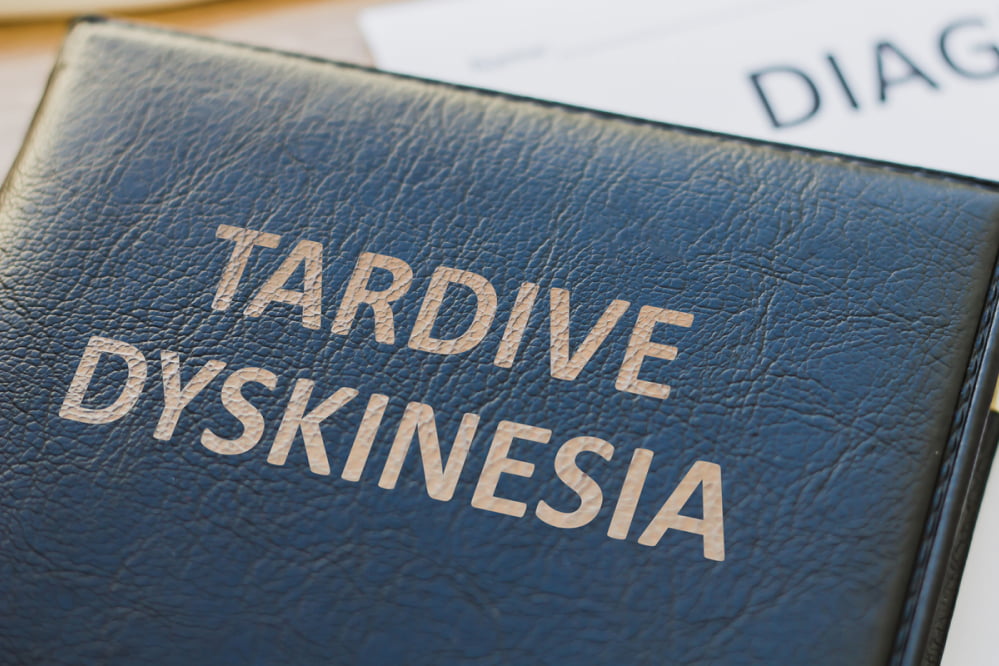
Tardive dyskinesia – Causes, symptoms, and management
An individual who is ill might be placed on a treatment plan, which could include therapies and prescriptions. However, these healthcare improvement methods may also have side effects on the human body. Tardive dyskinesia is a condition that may occur as a direct result of specific prescriptions used to treat mental health conditions, including schizophrenia. As for its occurrence, about 500,000 people in the country might be affected by some form of the complication.
Causes
The research behind why some prescriptions may lead to tardive dyskinesia is still being conducted. But they have an idea that might cause the complication.
- It is established that tardive dyskinesia is a side effect of specific prescriptions that might be used for mental illnesses.
- It may also result from other treatment methods for stomach and neurological problems.
- The most likely prescriptions that may trigger tardive dyskinesia are those that block dopamine receptors. The nerve cells in the nervous system are responsible for making the chemical neurotransmitters. However, chemical changes due to treatments may make the brain more sensitive to dopamine, eventually resulting in involuntary body movements.
Tardive dyskinesia may affect people of all ages, genders, ethnicities, and races. But older people, or females, might be at a greater risk of developing the complication. Moreover, people affected by diabetes, traumatic brain injury, and human immunodeficiency virus (HIV) are at a greater risk of developing tardive dyskinesia.
Symptoms
Tardive dyskinesia is a neurological disorder that may result in involuntary movements of the face and jaw. About 7 out of 10 people with the condition may experience mild symptoms. These signs may also worsen with time and get aggravated during stressful periods. One may find that the complication subsides when they sleep.
While it is essential to diagnose the condition early, one may often overlook symptoms of tardive dyskinesia or associate them with other causes. Therefore, it is important to know what causes complications to seek early treatment. A few common involuntary warning signs associated with the face include:
- Chewing motions
- Grimacing or frowning
- Blinking rapidly
- Smacking lips
- Making sucking motions with the mouth
- Sticking out the tongue
- Probing the inside of the cheeks with the tongue
The condition may also affect other body regions and cause a person to make repetitive finger movements that look like they are playing the piano, walk with a duck-like gait, and thrust or rock their pelvis.
Some people may start a treatment plan but then stop and may experience symptoms again years later. On rare occasions, signs may surface within three months of initiating treatment. Some people might also develop tardive dyskinesia after stopping a prescription. Individuals are unlikely to suffer from tardive dyskinesia if they take prescriptions for a few weeks.
Diagnosis
If one notices any of the symptoms above, they should speak to an expert about the next steps. A healthcare provider who notices potential symptoms may recommend specific tests to help rule out other movement disorders like Parkinson’s. A few tests may include:
- A physical exam to assess nervous system functions.
- Blood tests and urinalysis to detect infections, illnesses, and other problems.
- Electromyography (EMG) to measure communication between the nerves and muscles.
- Electroencephalogram (EEG) to determine electrical activity in the brain.
Treatment options
As treatments are usually responsible for triggering tardive dyskinesia, the healthcare expert may gradually lower the prescription until it is stopped completely. If one requires ongoing treatment, the professional might indicate a different option to help avoid the side effects. One should not stop or change any treatment plan without the opinion of their healthcare provider.
Sometimes, individuals might still have symptoms even after a prescription is changed. While this may rarely get worse, the signs usually improve with time and eventually stop. However, the expert may recommend approved prescriptions to manage the movement disorder if the signs are persistent. The expert might also suggest deep brain stimulation, which uses an implantable device to block irregular nerve signals to brain areas responsible for controlling movements.
One could also speak to an expert about natural management methods, such as consuming Ginkgo biloba to help ease their symptoms. Other natural remedies may include melatonin, vitamin B6, or vitamin E supplements.
Prevention techniques
Apart from these management methods, one could also take preventive measures to keep the condition in check. If the individual has risk factors that could make them prone to complications, they should speak to the expert before taking any prescriptions. Switching treatments may also help prevent the onset of tardive dyskinesia. Detecting the development earlier is one of the best ways to find relief from its symptoms.




